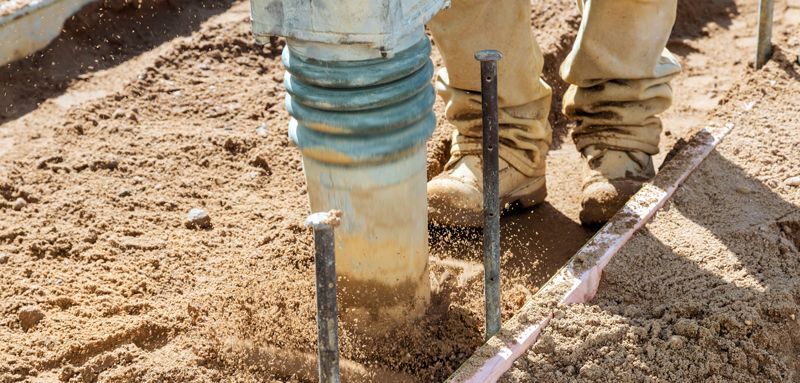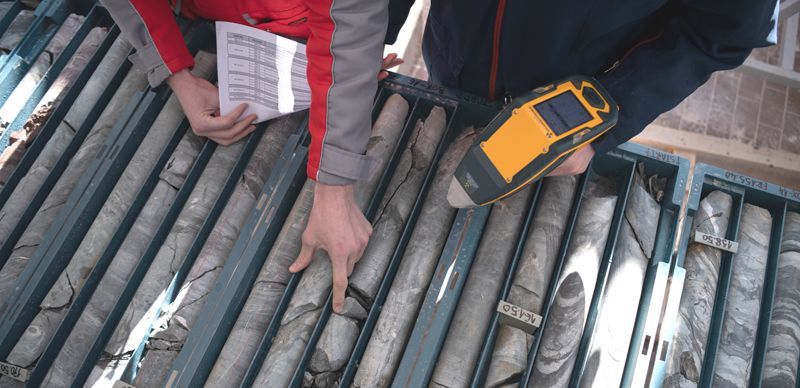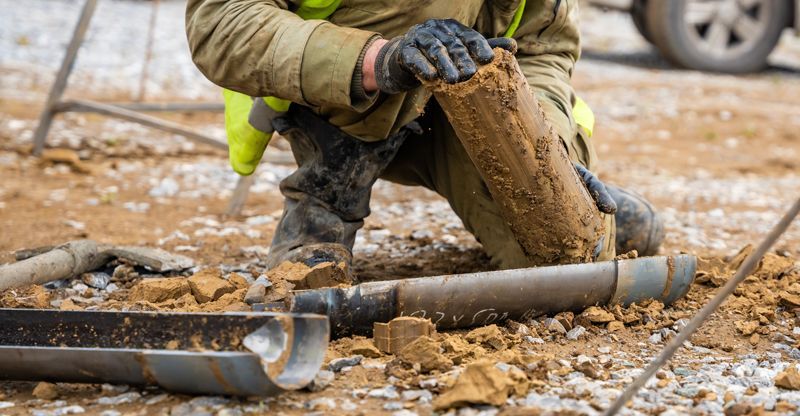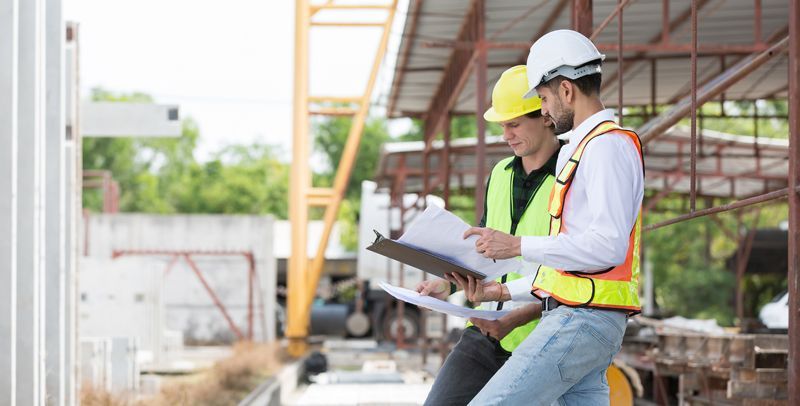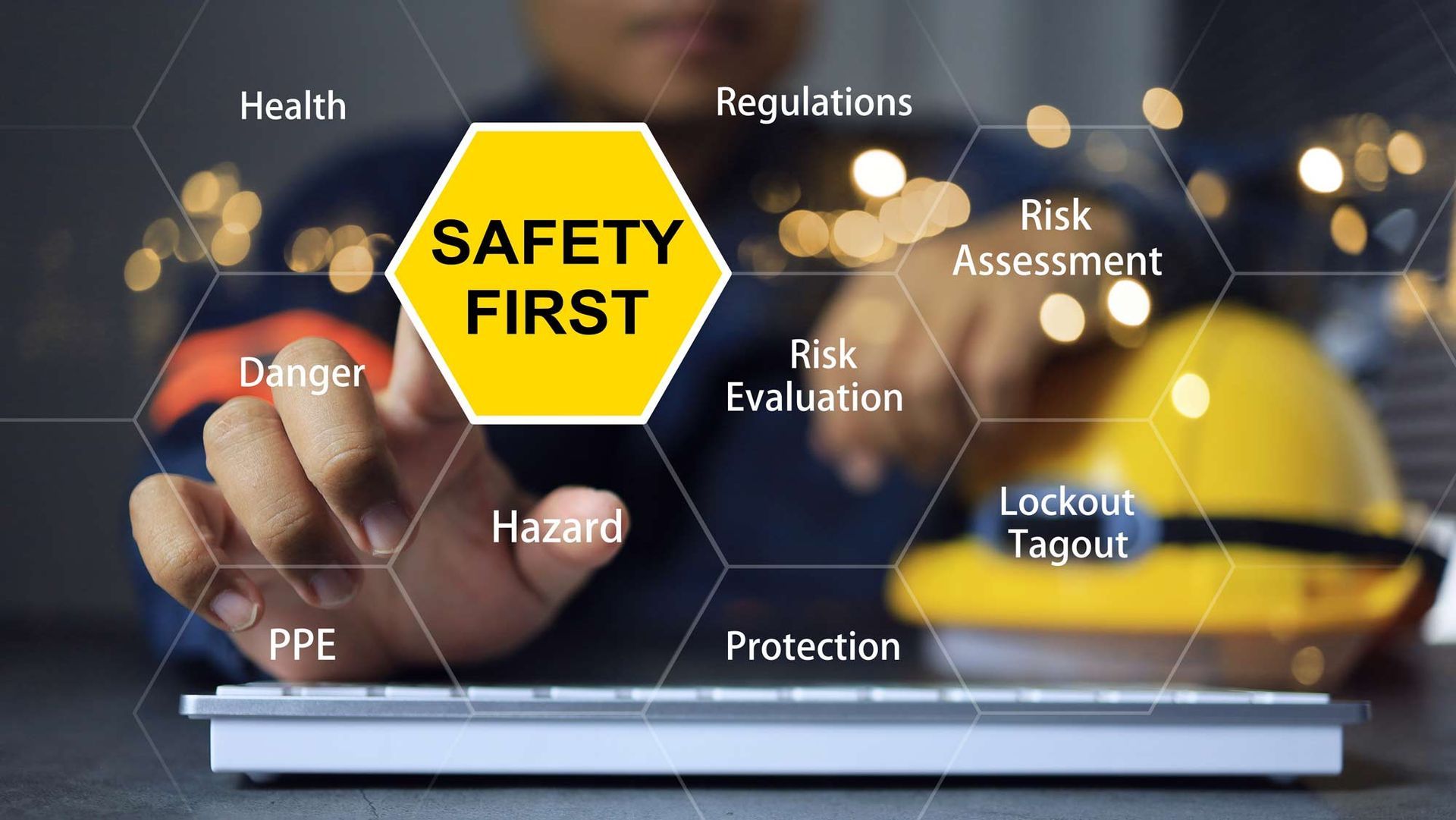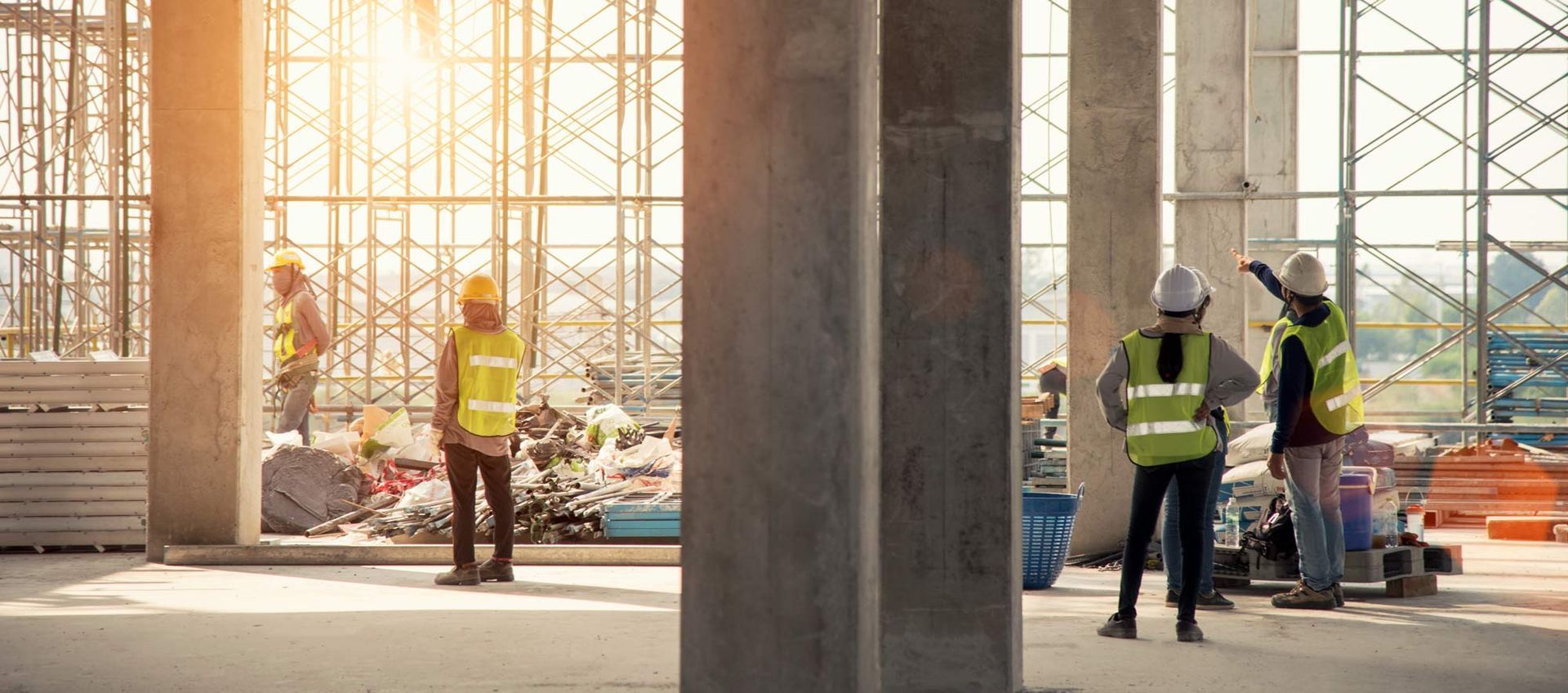How Geotechnical Engineering Can Mitigate Landslide Risks
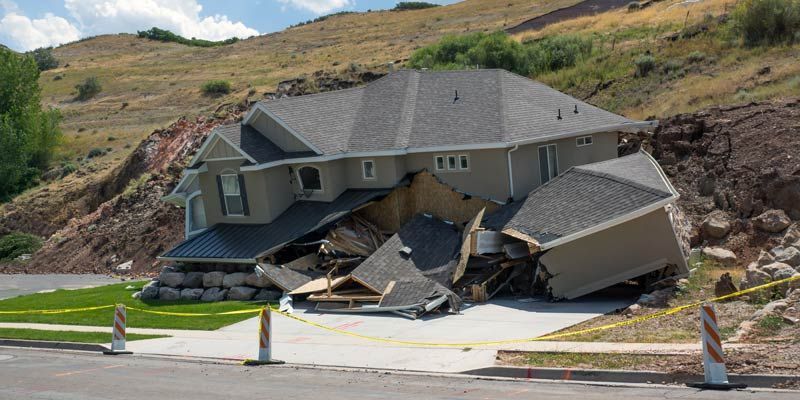
Learn how geotechnical engineering reduces landslide risks through innovative slope stabilization, drainage, and monitoring solutions.
The threat of landslides is a pressing issue for communities across the globe. Triggered by natural events such as heavy rainfall, earthquakes, or volcanic activity, landslides can cause significant damage to infrastructure, disrupt livelihoods, and even result in loss of life. This highlights the need for proactive strategies to reduce these risks, especially in vulnerable areas. This is where geotechnical engineering plays a pivotal role. By examining soil, rock, and groundwater conditions, geotechnical engineers design solutions to ensure slopes remain stable and safe.
This blog explores how geotechnical engineering helps identify landslide risks, implement preventive measures, and enhance safety for communities and infrastructure in landslide-prone regions.
Understanding Landslide Risk Through Geotechnical Investigations
One of the core pillars of mitigating landslide risk lies in understanding the land's characteristics. Each slope is unique, influenced by soil composition, rock structure, moisture levels, and existing vegetation. Geotechnical engineering begins here, with a thorough investigation of these factors.
Geotechnical studies typically involve soil sampling, core drilling, and geophysical testing to understand subsurface conditions in depth. Engineers assess soil strength, the permeability of materials, and how earth layers interact under stress. This data is critical in understanding potential failure points, slope behavior, and areas that are at higher risk of collapse under specific circumstances.
Modern technological advancements, such as remote sensing and Geographic Information Systems (GIS), enable geotechnical engineers to map and monitor terrain over time. These tools help to predict where landslides are most likely to occur and provide warnings long before disaster strikes.
The Role of Preventive Design in Landslide Mitigation
Once risks are identified, the next step for geotechnical engineers is to develop designs to stabilize slopes and reduce the likelihood of landslides. These solutions are tailored to the specific conditions of each site and often include structural reinforcements and drainage systems.
One effective method is the construction of retaining walls. Retaining walls are used to provide added support to steep slopes, counteract the pull of gravity, and prevent soil from shifting unexpectedly. Another approach is slope regrading, which involves reshaping slopes to reduce their steepness, thereby making them more stable.
Drainage systems also play a vital role in mitigating landslide risks. Excess water within soil layers can drastically weaken stability, leading to sudden failures. Geotechnical engineers design drainage solutions such as horizontal drains, culverts, and surface water capture systems to divert excess water safely away from slopes. These measures reduce soil saturation, preserving the integrity of the terrain.
Where appropriate, slope reinforcement techniques such as soil nailing or the use of geosynthetics are also employed. These solutions strengthen the slope by reinforcing weak areas and binding soil particles together, further reducing the risk of collapse.
Monitoring and Early Warning Systems
Geotechnical engineering is not just about designing preventive solutions; it also emphasizes ongoing slope monitoring and early warning systems. Regular assessments ensure that preventive measures remain effective, while monitoring equipment provides critical, real-time data on slope stability.
Instrumentation such as inclinometers, piezometers, and strain gauges is often installed in high-risk areas. These tools monitor movements within soil layers and any shifts in groundwater pressure. Changes in these parameters can indicate developing instability, prompting engineers to take timely action before a landslide occurs.
Technological innovations have further enhanced the capabilities of monitoring systems. For instance, drone-based surveys and satellite imagery now enable continuous observation of inaccessible terrain. These systems are combined with machine learning algorithms to process massive amounts of data, identifying patterns that signal alterations in slope behavior.
Sustainable Approaches to Landslide Risk Mitigation
Sustainability is increasingly becoming a focus in landslide risk mitigation. Geotechnical engineers are now prioritizing eco-friendly methods to achieve stability while preserving the surrounding environment. For instance, bioengineering techniques, which involve using vegetation to stabilize slopes, are gaining prominence. The roots of specific plants help bind soil particles together, while dense plant cover mitigates erosion caused by wind and rainfall.
Eco-friendly systems, such as creating natural drainage pathways instead of artificial culverts, reduce environmental disruption. Coupled with innovative design approaches like "green" retaining walls, these solutions offer long-term stability while harmonizing with the local ecosystem.
Geotechnical engineers often collaborate with urban planners to integrate landslide mitigation into broader development efforts. By incorporating sustainable designs and planning safe zones away from landslide-prone areas, they ensure human developments do not exacerbate natural risks.
Case Studies in Effective Landslide Mitigation
Several regions around the world have successfully implemented geotechnical engineering strategies to combat landslide risks. For example, Japan, a country prone to frequent landslides due to its mountainous terrain and seasonal typhoons, has heavily invested in retaining walls, drainage systems, and landslide monitoring. Modern technologies, such as debris flow detectors and real-time hazard maps, complement these structural measures.
Closer to home, parts of California deal with frequent landslides caused by rainfall, coastal erosion, and wildfire impacts. Geotechnical measures like debris basins and slope reinforcement have proven useful in stabilizing at-risk areas. These practical examples emphasize the effectiveness of combining engineering expertise with proactive management strategies.
Building Resilience Against Landslide Hazards
The role of geotechnical engineering in landslide risk mitigation goes beyond just preventing disasters—it builds resilience. Communities that invest in geotechnical studies and mitigation measures are better equipped to respond to natural events, protecting their populations, infrastructure, and economic growth.
Today, with climate change intensifying extreme weather conditions, landslide risks are poised to rise further. This adds urgency to the need for comprehensive geotechnical solutions. By focusing on proper land assessments, innovative engineering designs, and sustainable approaches, we can create safer environments wherever slopes pose a potential risk.
Geotechnical engineering provides the tools and insights needed for a proactive approach to landslide mitigation. It allows us to understand complex soil behaviors, apply cutting-edge technology, and implement robust solutions that save both lives and property. With continuous advancements in the field, the future holds promising opportunities for more effective landslide management.


